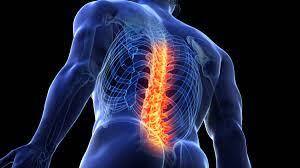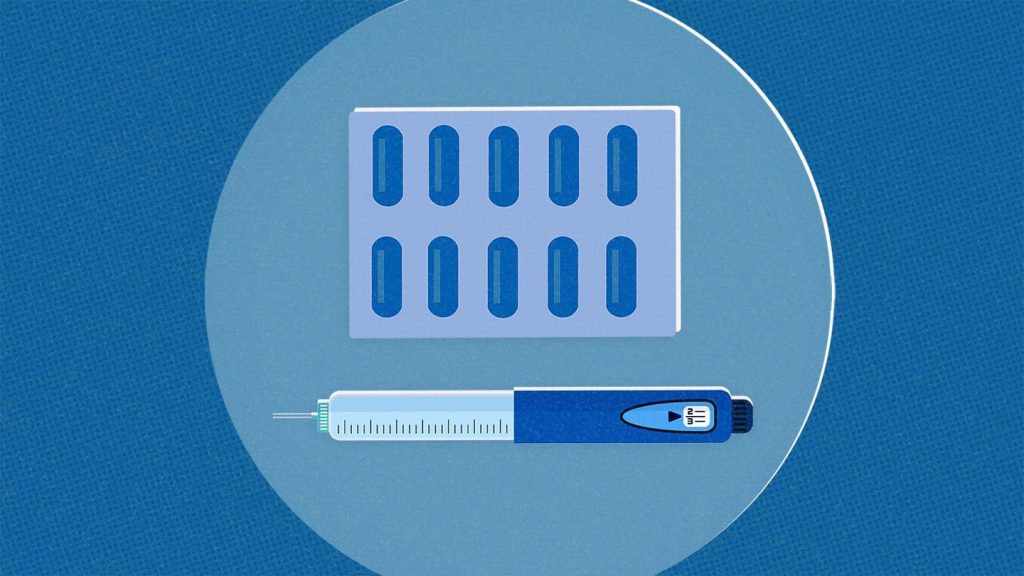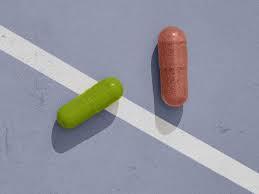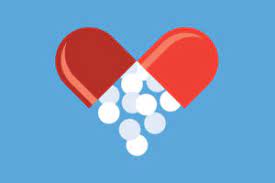Most important medicine-related research & drug-approval updates globally
5–10 of the most important medicine-related research breakthroughs and drug-approval updates globally over the past ~6 months (roughly mid-2025 to early Dec 2025). I picked those likely to have a broad impact — new therapies, first-in-class drugs, expanded indications, or major regulatory shifts.
🌟 Key Recent Medicine & Drug-Approval Updates
- Voyxact, A new medicine (sibeprenlimab-szsi) recently approved (Nov 2025) by the U.S. Food and Drug Administration (FDA) to treat adults with primary immunoglobulin A nephropathy (IgAN), by helping reduce proteinuria (protein in urine), thereby lowering the risk of kidney disease progression.
- Itvisma, A gene therapy (onasemnogene abeparvovec-brve) approved in Nov 2025 to treat children (and older) with Spinal Muscular Atrophy (SMA). This expands treatment to many more patients with this serious neuromuscular disease.
- Ziftomenib (Komzifti). In November 2025, the FDA approved this once-daily oral menin inhibitor for adults with relapsed or refractory Acute Myeloid Leukemia (AML) bearing a certain mutation (NPM1). It’s a targeted therapy for a group with historically limited options.
- Datopotamab deruxtecan was initially approved in early 2025 for certain breast cancers; in June 2025, its indication was expanded by US regulators to include some patients with advanced non-small cell lung cancer (NSCLC) with specific mutations. This expansion reflects growing use in lung cancer as well.
- Dupilumab (Dupixent) for auto-immune skin disease. In mid-2025, the FDA approved dupilumab for treating Bullous Pemphigoid (a chronic, blistering skin condition). It’s the first targeted therapy for this condition, offering a steroid-sparing alternative.
- Lenacapavir (Yeztugo) Long-acting HIV prevention. Also in 2025, the FDA approved lenacapavir as a twice-yearly injectable PREP (pre-exposure prophylaxis), making HIV prevention more convenient and potentially improving adherence vs daily pills.
- First treatment for a rare autoimmune disease: Inebilizumab for IgG4-related disease. In April 2025, the FDA approved inebilizumab as the first therapy for adults with immunoglobulin G4-related disease, a chronic inflammatory condition affecting multiple organs. This addresses a previously unmet need.
- Broader shift in drug-development methodology: AI-guided antibiotic discovery pipelines — A 2025 research study demonstrated how advanced AI + structure-based modelling can accelerate antibiotic discovery, crucial in the era of rising antimicrobial resistance. This could speed up the development of novel antibiotics in the future.
- Innovative targeted delivery: clinically-ready magnetic microrobots for drug delivery.y Early-2025 research published a new microrobotic system able to navigate human vasculature for more precise drug delivery, potentially reducing side-effects and increasing efficacy for many therapies.
- Regulatory emphasis on better dose-finding trials: new clinical-trial design guidance proposed (BE-BOIN). A recently proposed trial-design framework (BE-BOIN) responds to regulator guidelines to optimize therapeutic dosing (biological effective dose rather than just maximum tolerated dose), helping ensure safer and more effective drugs reach patients.
🔎 Why These Matter
- Several of the approvals bring first-in-class or first-ever treatments to people with rare or previously untreatable diseases (e.g., gene therapy for SMA, inebilizumab for IgG4-disease, targeted AML therapy).
- Expanded indications (like for cancer drugs) or easier regimens (e.g, twice-yearly HIV prevention) can improve quality of life, adherence, and access globally.
- Progress in drug-discovery methodology, AI-driven design, microrobotic delivery, and improved trial design signals that future medicines may come faster, safer, and more precisely.
- These developments show momentum not just in “blockbuster” diseases (cancer, HIV), but also rare diseases, autoimmune disorders, kidney diseases, and beyond, which historically lagged in innovation.
If you like, I can filter this list to show only medicines relevant to India (i.e., likely to come to the Indian market / needed for the Indian disease burden) — that might be more useful in your context.
Medications that have been suggested by doctors worldwide are available on the link below
https://mygenericpharmacy.com/




